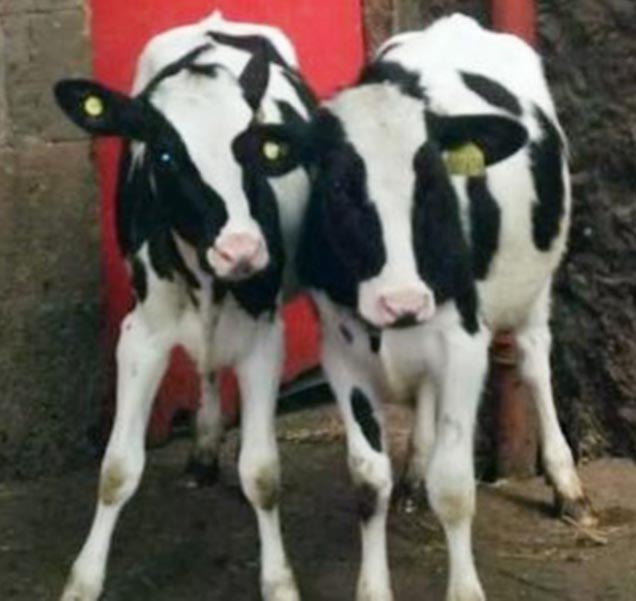12 Nov 2018
Paul Burr breaks down ways to counter BVD infection via various control and prevention methods.

Image: gozzoli / Adobe Stock

Bovine viral diarrhoea (BVD) is one of several important endemic diseases in UK cattle. National BVD control programmes are in place throughout the British Isles, but a presentation at the 2018 BCVA Congress noted evidence of active BVD in more than a third of submissions for investigation of respiratory disease.
A significant challenge prior to tackling any infectious disease on farm is demonstrating to the farmer a problem exists.
Antibody testing of both milk and blood samples has been used in BVD monitoring programmes worldwide, and is a straightforward way of assessing whether disease is present in the herd (Table 1).
| Table 1. Bulk milk tests for bovine viral diarrhoea (BVD) | ||
|---|---|---|
| Test | Result | Interpretation |
| BVD antibody | Positive | Active BVD in the herd in the past few years or perhaps vaccination. |
| Negative (or very low) | No active BVD in the herd. | |
| BVD virus | Positive | Likely to be a BVD persistently infected contributing to the bulk tank. |
| Negative | No PI contributing to the bulk tank. | |
Bulk milk is an easily collected sample and can be a useful starting point for discussion in a number of infectious diseases. For BVD, a low or negative bulk tank antibody titre is a very strong indication the herd is free of active BVD. A strongly positive titre indicates active BVD or perhaps vaccination (with a modified live vaccine) in the past few years. Bulk milk PCR tests for virus are also used to indicate whether a BVD persistently infected (PI) is contributing to the bulk tank on the day the sample is collected.
BVD control is critical to the success of a herd. If evidence suggests no BVD is present, the farm should concentrate on keeping it out. Where any concern exists over the ability to maintain strict farm boundaries, and quarantine and test every added animal, BVD vaccination of breeding females should be considered as insurance against a catastrophic BVD breakdown.
Where active BVD is suspected, a programme to control and eradicate BVD will have a dramatic positive effect on herd health and welfare. BVD eradication can be achieved if every animal is tested for BVD virus, any PIs are identified and removed, and all calves tested for BVD virus for a calendar year after the removal of the last known BVD PI.
Again, BVD vaccination can be very useful to reduce the risks of further BVD PIs being born, and it is essential further PIs are not purchased and brought on farm.
Endemic infectious diseases, such as BVD, in the national herd continue to have substantial economic and welfare implications. The first step in controlling these infections is knowing the herd status.
Once herd status is known, the information should be used to complete a herd health plan that targets either keeping infection out of the herd or reducing and eliminating infection, and resulting adverse economic effects over time.